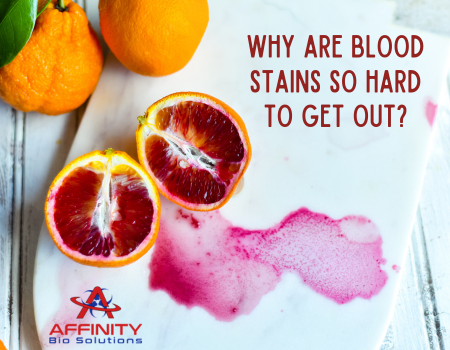Blood stains have a notorious reputation for being some of the most challenging stains to remove from fabrics and surfaces. Whether it’s a minor cut, a nosebleed, or a more serious injury, dealing with blood stains can be a frustrating and perplexing task. The difficulty in removing blood stains can be attributed to several factors, including the composition of blood, the speed of treatment, and the type of material affected.
Understanding Blood Stains and How to Clean Them
 Composition of Blood:
Composition of Blood:
Understanding the composition of blood is crucial in comprehending why it can be so stubborn to remove from various surfaces. Blood consists of water, red and white blood cells, platelets, and plasma. The iron content in hemoglobin, the protein responsible for the red color of blood, is one of the main culprits in staining. When blood comes into contact with fabric or other materials, it can quickly bind with the fibers, creating a challenging stain to eliminate.
Speed of Treatment:
One of the critical factors in successfully removing blood stains is the speed at which you address the issue. Generally, it’s easier to get rid of fresh blood stains than it is to remove the stains when the blood has dried. Acting promptly helps prevent the blood from setting into the fabric, making the stain more manageable to tackle. Delaying treatment allows the blood to coagulate and adhere firmly to the fibers, complicating the stain removal process.
Type of Material:
The type of material affected plays a significant role in the difficulty of removing blood stains. Different fabrics and surfaces have varying levels of porosity and absorbency. Porous materials, such as cotton and linen, allow the blood to penetrate deeper into the fibers, making it more challenging to eliminate. On the other hand, non-porous materials like leather or vinyl might have a smoother surface, making it easier to wipe away fresh stains but posing challenges when dealing with dried blood.
Challenges in Blood Stain Removal:
Enzymes and Proteins: Blood contains proteins that can form bonds with the fibers of fabrics. Traditional detergents may not be effective in breaking down these protein bonds. Enzymatic cleaners, which contain enzymes specifically designed to break down proteins, are often more successful in treating blood stains.
Temperature Sensitivity: Blood stains are sensitive to temperature. Using hot water can cause the proteins in blood to coagulate and set the stain permanently. It is recommended to use cold water when treating blood stains, as it helps prevent the proteins from binding to the fabric.
Specialized Stain Removers: Given the unique nature of blood stains, using specialized stain removers designed for protein-based stains can enhance the chances of successful removal. These products are formulated to break down the proteins in blood and can be particularly effective in treating stubborn stains.
The tenacity of blood stains in clinging to fabrics and surfaces is rooted in the composition of blood, the speed of treatment, and the type of material involved. Successfully removing blood stains requires prompt action, an understanding of the material affected, and the use of appropriate stain removal techniques and products. By combining these factors, individuals can increase their chances of effectively eradicating the stubborn marks left behind by blood, restoring fabrics and surfaces to their pristine condition. Contact us today to help clean all of your biohazards!

